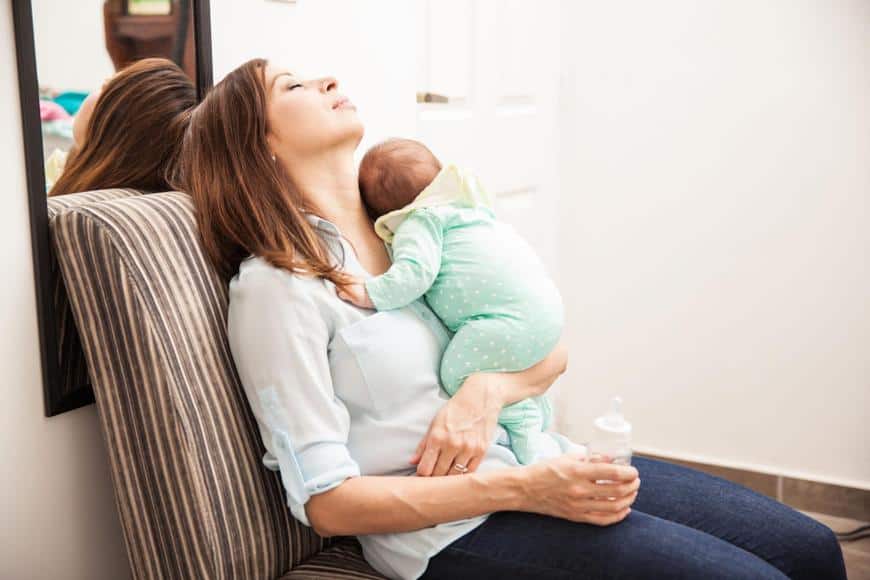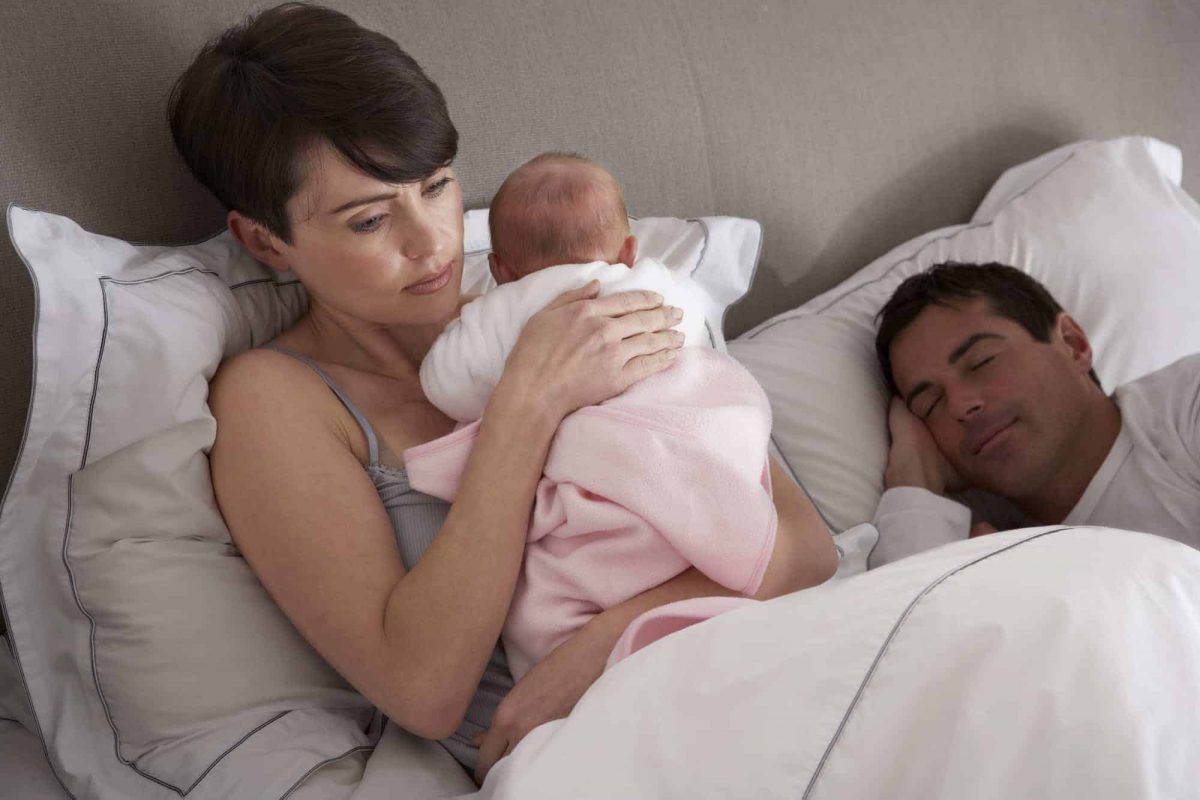As a UAE sleep trainer, I will be giving parents the tools they need to help them teach their baby or child to sleep at night and naps too. My approaches are very simple:
- I will give you honest information about WHY sleep is so important for your child’s well-being and development. (This will give you all the motivation you need to make changes to your child’s sleep habits).
- I will lay out an easy- to -follow, step-by step personalized plan that lets you make some choices about what the right approach for your child is.
- I will show you how to measure success. (No, you shouldn’t expect your child to sleep 12 uninterrupted hours on the first night. Although it does happen! I will tell you what you should expect along the way).
- I will not leave you. You will have my full support throughout the sleep training process. We will work as a team.
I respect individual parenting styles of each family and I’m not against a particular method or sleep situation. It is important that the parents feel comfortable with the plan I created for their child, and that they are confident that they can do it. I like to go as far as I can to respect and consider parents requests or suggestions – of course only as long as the child is doing fine and responding well.
A little note about the “crying” question: Since people always ask me about whether my solutions involve “crying it out,” I think it’s something that deserves to be addressed here.
Crying is your child’s way of protesting change, and you can expect that making changes to their sleep habits will result in some protest. That’s why I’m always sure to tell parents that my program will most likely involve at least some amount of protest on the child’s part.
Please understand that I will never ask you to leave your child to cry alone, nor will I ask you to ignore their cries. The reason that the Sleep Sense™ Method is so effective is that it lets you develop a plan that you feel comfortable with, based on what you know about your child.







